How to Recycle Pea Shells: 5 Anti-Waste Ideas for Tasty Recipes
The pods of these legumes are in most cases thrown away after shelling: in reality they can be easily recovered and, with some precautions, used to make creams, broths and burgers. Let's see how to do it.
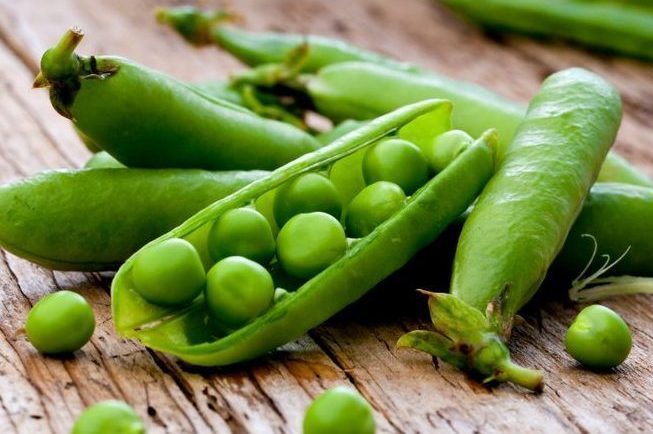;Resize,width=742;)
Spring is the season that sees the return of peas to the table, sweet legumes with a beautiful green color that are often synonymous with tasty recipes and under the sign of well-being. So take advantage of the period to focus on fresh products, easy to find at the grocery store and farmers' market. Those who shell peas know it: this phase is not only the most "boring", but it is also the one in which we realize how much waste is generated. The good news is that pea pods, just like those of broad beans, can be recycled and used in various preparations. Recovering the husks is simple, but it is useful to know that they tend to be fibrous and have a distinctly herbaceous flavor: for this reason it is better to choose them when they are tender, not tough and very fresh. Furthermore, since we are talking about the outer part of the legume, prefer peas grown with organic techniques. That said, pods are an excellent source of vitamins, mineral salts and antioxidants: not using them would be a real shame.
1. Pod Broth
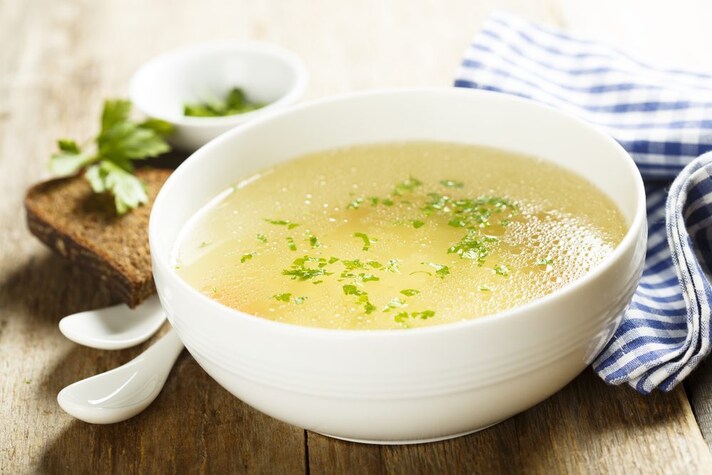
Let's start with the easiest way to recycle vegetable scraps in general, that is, to transform them into ingredients for a versatile vegetable broth. Pea pods are no exception, which can be used alone or in addition to the extra parts of other vegetables. Our advice is to make a traditional vegetable broth with carrots, onions and some spices to taste (pepper and cloves) also incorporating the pods cut in half, without the stalk and without the central filament, and cook everything in water for at least 45 minutes. The filtered liquid can then be used to prepare risottos, stewed recipes or to moisten sautéed vegetables.
2. Pods Cream
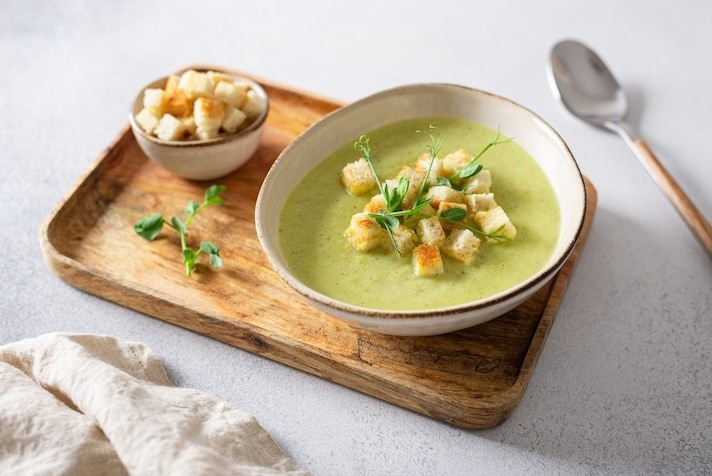
The pods lend themselves to becoming a cream that can be used as a sauce to serve a creative soup, for example as an accompaniment to fillets of white fish, such as cod, sole, sea bream, for a gourmet reinterpretation of the classic cuttlefish and peas, or as a condiment for pasta and croutons. The emptied and stalk-removed peels are steamed or boiled for about 15 minutes, then added to a soffritto of oil and finely chopped onions (but you can also use shallots or spring onions), salted and peppered: once they have been flavored, blend everything in the mixer (you can add hot water to adjust the consistency) and then sieve to obtain a smooth and silky texture. For a more neutral cream, you can skip the pan step, adding flavor later, for example by adding bacon or guanciale.
3. Pods Pesto
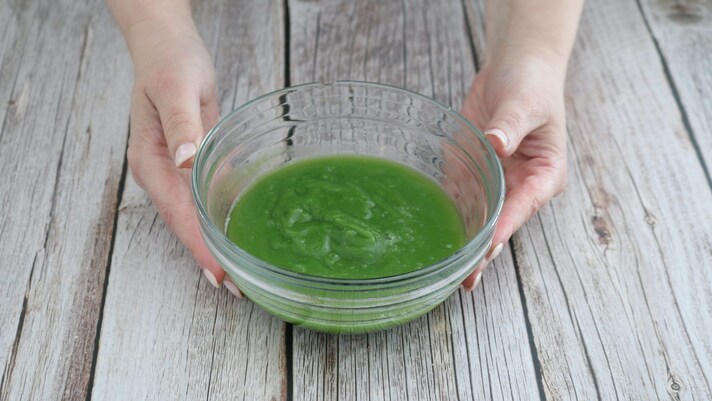
The result of this recipe is very similar to that of pesto, but requires cooking the pods. How to proceed? Wash the pea skins very well, remove the ends and then boil for about 15-20 minutes, in order to soften them: when they are ready, drain them, transfer them to cold water (with ice if desired) to stop the cooking and maintain the color and pass them through a food mill, so as to remove the most fibrous residues. At this point, add a handful of pine nuts (or almonds), basil leaves, grated pecorino (or parmesan), salt, pepper, oil, the pods reduced to a puree to the blender jug and blend everything together.
4. Pod Burgers or Meatballs
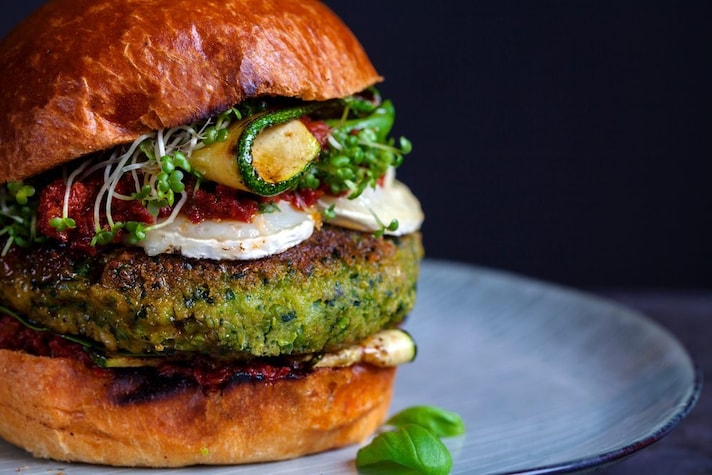
Pea pods, if fresh and tender, can become tasty vegetable burgers. After washing them and removing the filaments, boil them in salted water for 10 minutes, chop them finely or blend them roughly and mix them with boiled mashed potatoes, parmesan, salt, pepper, egg and aromatic herbs to taste. To adjust the consistency, add breadcrumbs, just enough to obtain a moldable dough. You can then form the balls and then flatten them and cook them in a pan with a little oil or in the oven, taking inspiration from pea burgers. In the case of meatballs, do everything the same up to the last step, making small spheres to flour and then dip them in boiling hot oil, to bring delicious fried finger food to the table.
5. Pod Flour
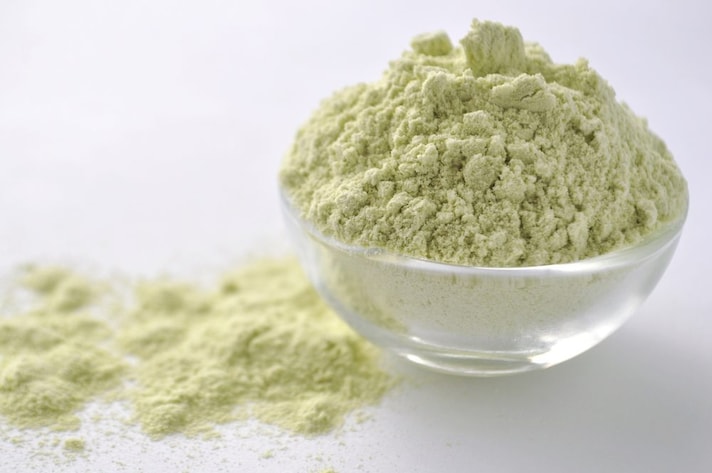
Flours made from legumes are a protein food and are naturally gluten-free: in addition to the round and sweet seeds, you can also use the pods. In this case, the process requires a dryer, a tool that allows you to have the best results, given that it takes between 8 and 12 hours in terms of time. Choose only the most tender and imperfection-free pods: to soften the toughest fibers, preliminary boiling can be useful. When they are dry, the husks are placed on the tray, without overlapping them, and depending on the programs of your model, they are dried (usually at 105°F/40°C). To obtain a very fine powder, use a powerful blender or a coffee grinder: if necessary, sift further for a uniform grain. Here is a colored flour with which to make bread, pizza dough , but also breading.
;Resize,width=767;)


;Resize,width=712;)
